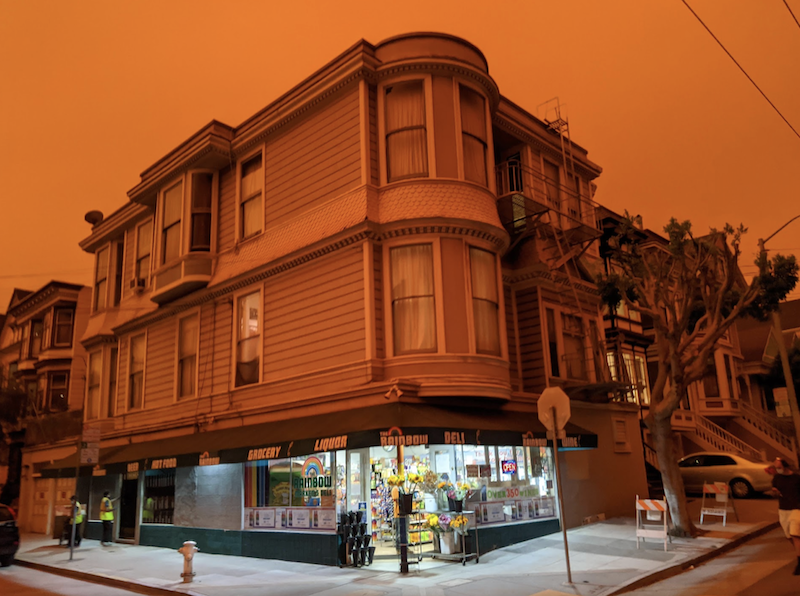Where Should We Be Focusing Climate Change Efforts?
Host Abby Kinney, an urban planner in Kansas City, and regular cohost Chuck Marohn, Strong Towns founder and president.
A long-established principle of environmental economics holds that the traditional development pattern provides the kind of efficiency needed to decrease resource use on a per capita and a per acre basis. The traditional urban development pattern makes multimodal transportation options work, because not every trip requires an individual to use a car. It also takes pressure off of the surrounding natural areas that are central for keeping our environment healthy.
However, a recent article from CBC Canada argues that COVID-19 has shifted consumer interests from cities back to suburbs. Data shows that in many large cities, people are moving out of dense urban areas due to the pandemic. This is creating new market pressure that is expected to add momentum to the suburban sprawl trend.
Consequently, some Canadian researchers are advocating that we shift climate change focus from cities to suburbia, saying that the reality is that Canada and the U.S. will continue to trend towards sprawl after the pandemic—and that the only pragmatic solution would be to develop policy to mitigate the worst impacts of suburban and ex-urban sprawl.
This week on Upzoned, host Abby Kinney and regular cohost Chuck Marohn "upzone" this story—i.e., they look at it through the Strong Towns lens. They discuss the article's position that we should give up on trying to set up an urban development pattern, and instead should just try to mitigate the growth of suburbia.
Then, in the downzone, Chuck has been reading about generational theory, and Abby has been getting out on (though not in) the water.






As America’s cities continue their halting climb up and out of the last few years, data analytics firm Urban3 foresees a few crises—as well as opportunities—waiting for them in 2023.